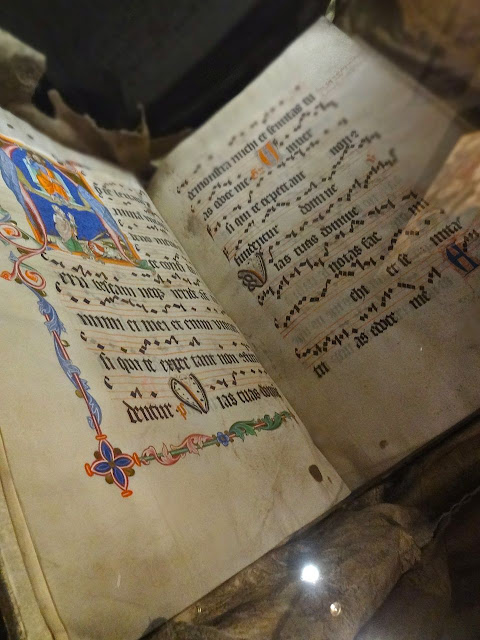St Agnes of Bohemia Convent is one of the most famous and significant convents in Bohemia and one of the oldest Gothic buildings in Prague. Founded in 1231 by Agnes of Bohemia, the sister of King Wenceslas I, the convent was abolished in 1782 by Joseph II and used to house the poor and as a storage space, later falling into disrepair. Agnes was beatified in the 19th century by Pope John Paul II who canonized her as St Agnes of Bohemia just weeks before the revolutionary events of November 1989. Following painstaking restoration in the 1960s, the convent recovered much of its original appearance and is now one of Prague’s pre-eminent museums and used by the National Gallery to display its large collection of medieval and early Renaissance art from Bohemia and Central Europe. In addition to the gallery there is also a 13th-century cloister and French Gothic Church of the Holy Saviour which contains the tombs of St Agnes and of Wenceslas I’s Queen Cunegund, in addition to the smaller Church of St Francis, where Wenceslas I is buried.
The Gallery entrance to the Convent of St Agnes of Bohemia
St. James Altarpiece Series, Scenes from the Life of the Virgin Mary and St. James the Great, 1430
Madonna of Strakonice, Bohemia c. 1300-1320,
One of the outstanding works in the Medieval section of the National Gallery
Madonna of Rome, 1360
Master of Třeboň Altarpiece, Christ on the Mount of Olives, 1380–1385
Madonna of Zbraslav, c. 1350-1360
Frame of the Madonna from St Vitus Cathedral, c. 1400
Master of the Vyšší Brod Altarpiece, The Annunciation of Our Lady, c. 1350
Master Theodoric, St Catherine, 1360–1364
The French Gothic Shrine of the Saviour
Inner corridor of St Agnes Convent
The lovely garden courtyard of The Waldstein Riding School
Located in the garden complex of the early baroque Wallenstein Palace, the National Gallery in Prague uses the space of Waldstein Riding School for short-term exhibition projects, such as the recent Czech-Bavarian jubilee exhibition 'Emperor Charles IV 1316–2016' that marked the 700th birth anniversary of Charles IV. King of the Czech lands, eleventh king of Bohemia and Holy Roman Emperor, Charles IV was crowned king in 1347 and the Czech lands flourished under his rule, which is remembered as 'The Golden Age' leaving a rich legacy including St Vitus Cathedral, Prague’s New Town, Charles University and Charles Bridge. A unique figure in European political and cultural history, Charles IV was also known as an educated, pious and judicious ruler and as one of history’s most generous patron of the arts. With over 170 exhibits and hundreds of period documents from more than a hundred European and American collections, the exhibition shed light on the true personality of Charles IV as an experienced politician and strategist, portrayed against the backdrop of every-day life outside the castle, and reflecting the political and cultural events of those days. With an exceptional selection of cultural and artistic artefacts from his era, the exhibition also featured a stunning film made for the exhibition highlighting close-up architectural details of the interior of St Vitus Cathedral, which made visiting the religious heart of Prague, even more special.
The Charles IV Exhibition at The Waldstein Riding Stables
Poster for the 2016 K*700 Exhibition by the National Gallery of Prague at the Waldstein Riding School
Interior displays of the Charles IV Exhibition
Original statue of Charles IV from the eastern facade of Prague's Old Town Bridge Tower
Book of Prayers of Bonne of Luxembourg, Jean Le Noir, before 1349,
parchment, tempera, ink, gilding and silver-coating
Mosaic detail from St Vitus Cathedral
Original architectural drawing of the south tower of St Vitus Cathedral by Peter Parler,
around 1365: parchment and black ink
Over 170 exhibits and hundreds of period documents from European and American collections
for the recent jubilee exhibition 'Emperor Charles IV 1316–2016'
























No comments:
Post a Comment